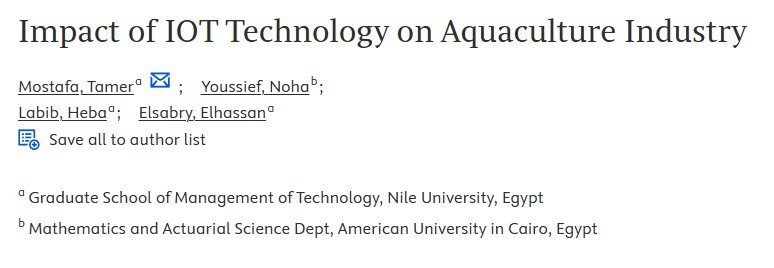
Modeling the impacts of information and communication technologies and virtual activities on activity and travel behavior: Case study of Cairo, Egypt
The boom in telecommunications is expected to have many impacts on peoples' activities and travel behavior. Recent advances in information and communication technologies (ICTs) make it possible to conduct activities virtually. Thus the need for physical travel for some types of activities is obviated. Accordingly, the use of ICT may contribute to reducing urban congestion and alleviating air quality problems. However, ICT may generate significant additional travel because of the increased connectivity and access to resources. Empirical insights on how the growing use of ICT affects travel patterns and vice versa have important application in planning, travel demand forecasting, and environmental analysis. The effects of ICT on household members' daily activity-travel patterns were studied in Cairo, Egypt, by using an activity and telecommunication diary survey. Structural equation models were developed to determine the relationship between ICT use, virtual participation in in-home activity, physical participation in in-home and out-of-home activity, and observed travel dimensions. The information analyzed included personal and household sociodemographics, ICT use, and effect of vehicle availability on activity patterns among household members. Virtual participation in in-home activity had both substitution and complementary impacts on out-of-home activity and travel patterns. The results have important implications for activity-travel demand estimation and forecasting, given the growing adoption of ICT among various segments of the population.



